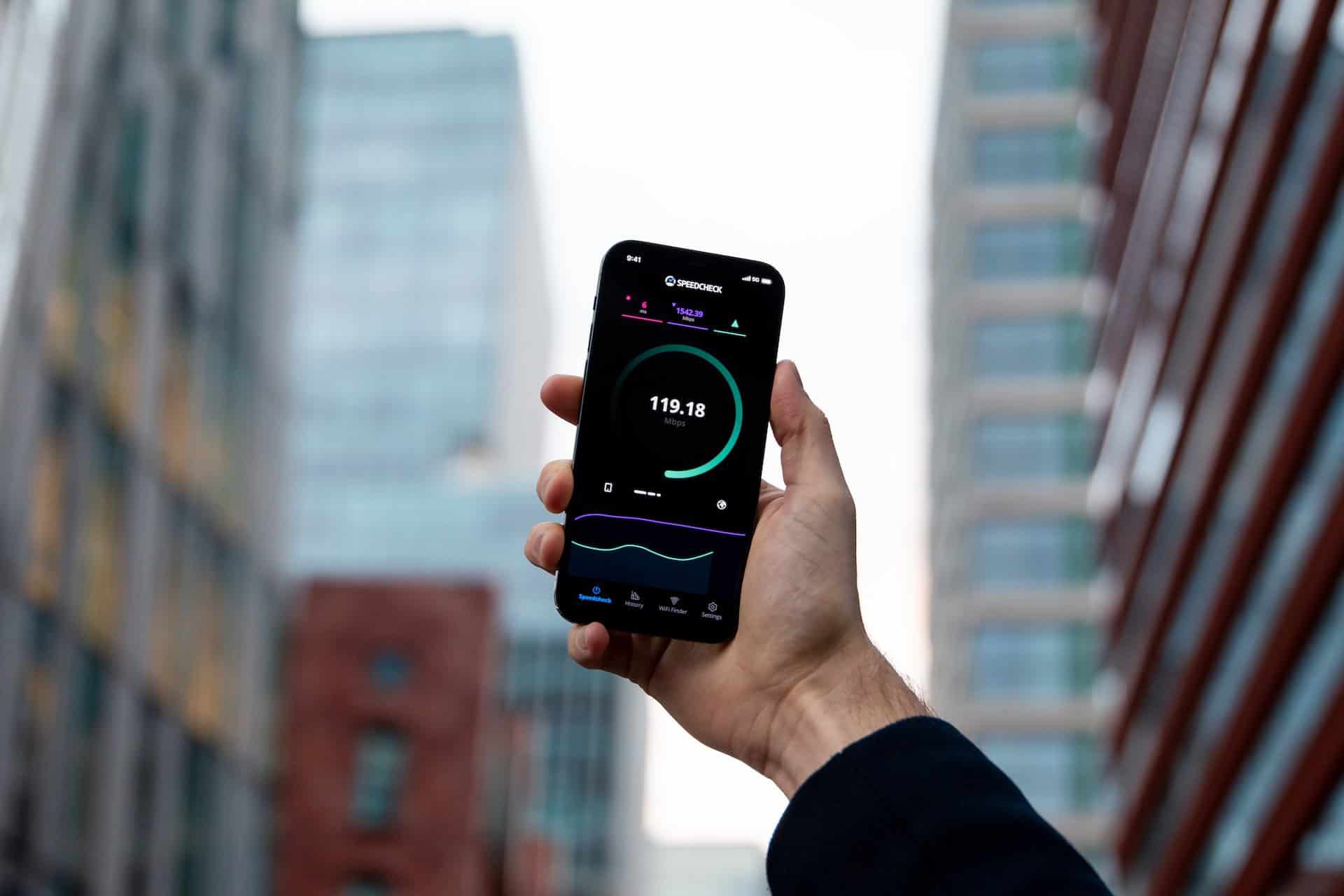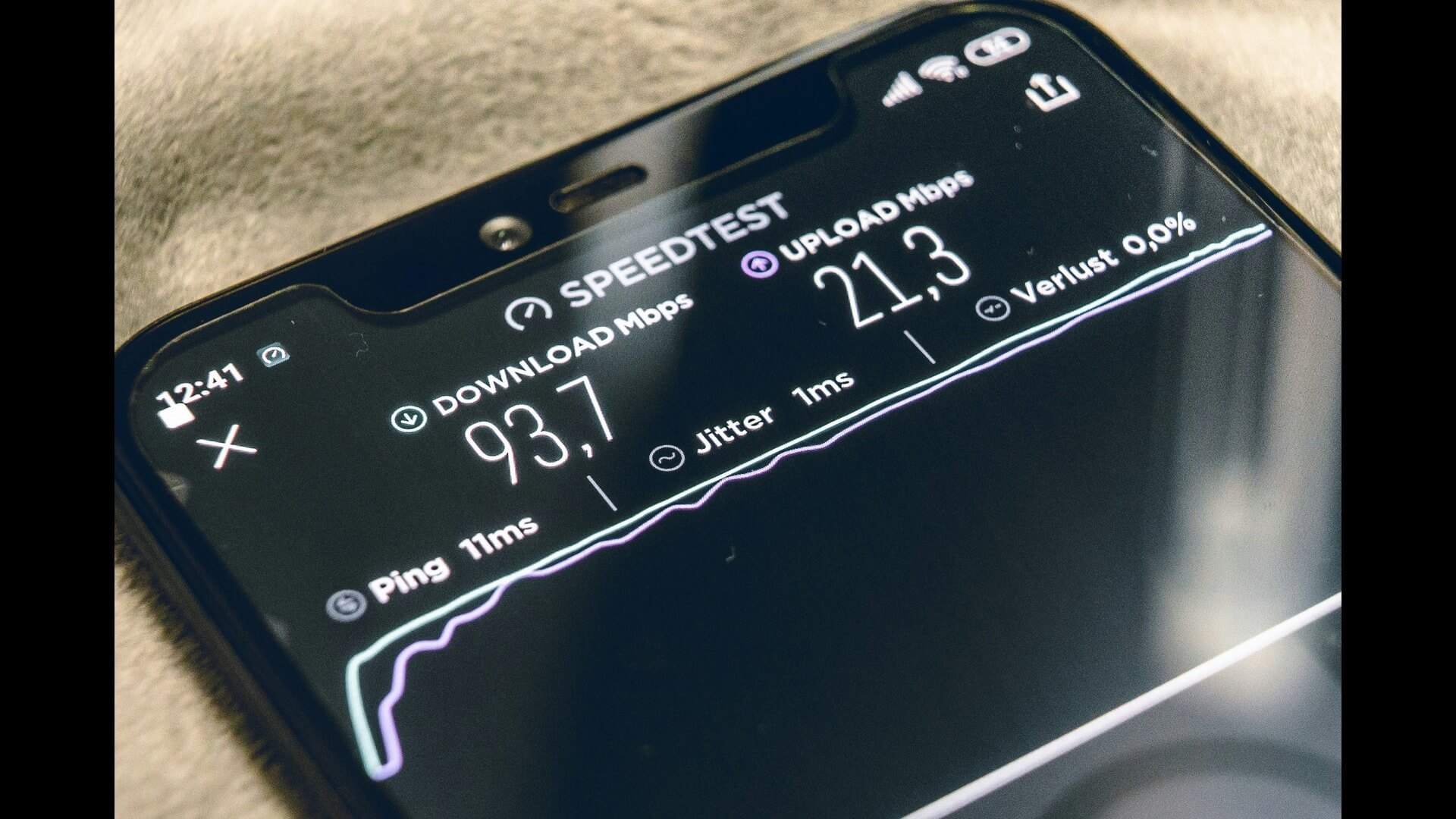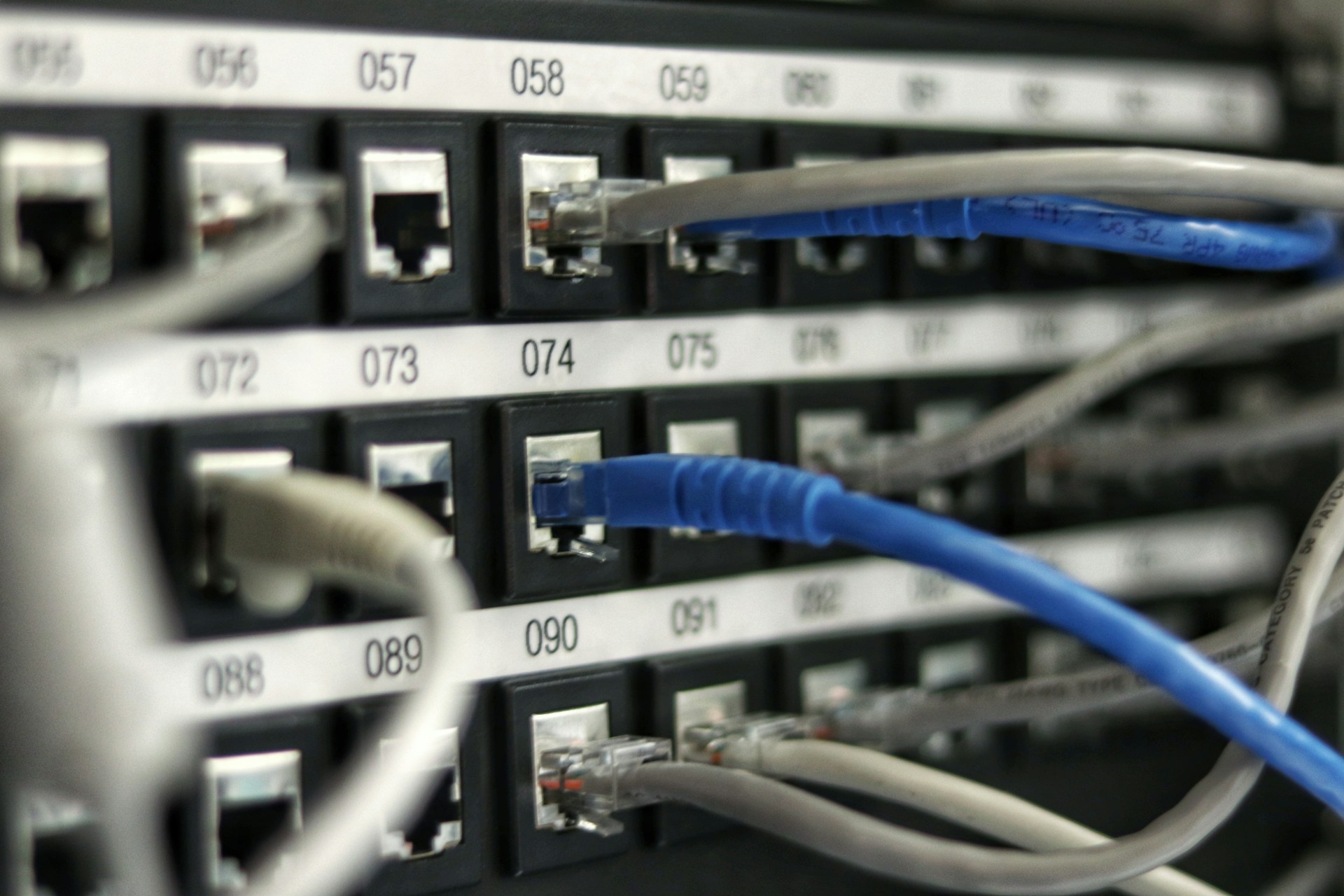
Understanding IoT Connectivity Options and How to Choose One
February 9, 2023 - Lou Farrell
Revolutionized is reader-supported. When you buy through links on our site, we may earn an affiliate commission. Learn more here.
The internet of things (IoT) is one of today’s fastest-growing technologies. That rapid expansion means businesses and consumers have a wide array of devices to choose from. However, it also means having to decide between multiple IoT connectivity options.
As wireless devices have grown and diversified, so have the connectivity standards that bring them together. If you want to make the most of your IoT network, you need to find the best protocol to foster interconnectivity.
Why IoT Connectivity Options Matter
Despite its size, the IoT industry lacks standardization, leaving users with dozens of IoT connectivity options. Having that many choices means there’s an ideal protocol available for every use case, but it also makes it easier to choose the wrong one.
With so many standards, there’s no single answer to which one is the best choice. Wi-Fi connections have many advantages, but in some cases, they’re far less practical than cellular or wide area networks (WANs). Every protocol has unique strengths and weaknesses, so you must understand these and know what you need to make the most informed decision.
These choices are particularly crucial for the industrial IoT (IIoT). IIoT implementation often comes through substantial investments, so businesses must choose carefully to avoid spending millions of dollars on poor connections.
Popular IoT Connectivity Options
There are dozens of wireless connectivity standards available today, and more will come out over time. However, a few general categories have emerged as overall favorites for IoT connectivity. Here’s a closer look at five of the most popular IoT connectivity options.
Wi-Fi
One of the most familiar connectivity standards is Wi-Fi, and it’s easy to see why. Wi-Fi networks are versatile, coming in many forms and sub-standards, easy to set up and can boast impressive speeds and capacity.
The newest Wi-Fi networks offer speeds up to 9.6 Gbps, enabling real-time IoT insights and analytics. These connections are also scalable, relatively easy to secure and support many endpoints in one area. Because Wi-Fi is so popular, it’s also easy to find Wi-Fi-compatible devices.
While these benefits are impressive, Wi-Fi lacks range and consumes considerable amounts of energy. Consequently, it’s not ideal for large or decentralized IIoT networks or those without consistent power supplies.
Cellular
Broadband cellular is another one of the most popular IoT connectivity options. Like Wi-Fi, these come in many subcategories, though most today are 4G, 4G LTE and 5G. Generally speaking, all cellular networks offer longer ranges than Wi-Fi but aren’t always as reliable or fast.
Newer 5G networks promise to shorten the speed and bandwidth gap between cellular and Wi-Fi. 5G’s theoretical rates reach up to 10 gigabits per second with latencies of just one millisecond and massive device per square mile counts.
5G infrastructure isn’t as common as 4G LTE yet, so you’re more likely to see these benefits in factories than in more dispersed environments like transportation. However, even 4G networks can offer impressive speeds and provide longer-range support than Wi-Fi.
LPWAN
Another long-range option is low-power wide area network (LPWAN) technology. LPWAN is a broad category covering long-distance networks that use minimal power. Some of the most common types are narrow-band IoT (NB-IoT), LTE-M, LoRa and Sigfox.
LPWANs offer minimal bandwidth, making them unsuitable for voice or video transmissions, but this makes them ideal for appliances that require long battery lives. Organizations almost exclusively use them for device-to-device communication like smart city infrastructure or machine monitoring.
Because of their low bandwidth, LPWAN systems are often affordable and scalable. Their long ranges also make them a good choice for vehicle tracking applications and supply chain monitoring.
Ultra-Wideband
On the other side of the spectrum is ultra-wideband (UWB), a short-range but high-bandwidth IoT connectivity option. UWB networks use much higher frequencies and shorter pulses than similar technologies like Wi-Fi or Bluetooth. As a result, they offer more accuracy, making them ideal for precise positioning services.
UWB also uses less power than Wi-Fi, so devices that use it last longer before needing to recharge. Its high bandwidth lets it transmit a lot of information, too, though not as far as other networks.
While UWB isn’t necessarily a new technology, it’s not as common as other connectivity options, thanks largely to its limited range and high upfront costs. However, it’s ideal for smaller IIoT environments that need fast, accurate communications like collision avoidance systems.
RFID
A more common but still relatively niche connectivity standard is radio frequency identification (RFID). RFID sends short bursts of information over radio waves between a sensor and a reader to communicate real-time data like locations or product quality.
RFID systems are simpler than others on this list, sending less detailed information, and their range is relatively short. However, this simplicity makes them affordable, and the data they do transmit is sufficient for applications like location tracking.
This high practicality for a low price has led to 93% of U.S. retailers adopting the technology as of 2020. While it may not be appropriate for every IoT application, it’s an ideal platform for inventory management.
How to Choose the Right Connectivity Standard
Each of these IoT connectivity options is ideal for a different use case. Understanding which one is best for you starts with reviewing your specific needs. Go over your planned IoT applications to determine your budget, necessary range, bandwidth requirements and what information you’ll send between devices.
Cellular and Wi-Fi are the most versatile options, so if you’re using the IoT for several varying applications, you should use one of these. Between the two, cellular is best for longer-range use cases like those involving transportation, and Wi-Fi is better for more centralized systems.
LPWAN may be the optimal solution for telematics services, though more detailed transmissions may need cellular’s bandwidth. RFID is best for warehouse management systems, and industrial safety applications can benefit from UWB’s accuracy and responsiveness.
Be sure to compare rates and features from different IoT providers, too, to find the best solution. It’s also important to consider how many interoperable devices you can get with each connectivity standard. Recent developments like the new Matter smart home standard will make more devices interoperable, but that transition will take time, so be sure your IoT endpoints support the same protocols.
The Right IoT Connectivity Option Makes a Big Difference
The ever-expanding world of IoT connectivity options presents both opportunities and challenges. With so many options available, you can find a solution that meets your specific needs but doing so requires research and understanding.
When you know what different connectivity standards offer, you can find the best one for your IoT applications. You can then make the most of what the IoT has to offer.
Revolutionized is reader-supported. When you buy through links on our site, we may earn an affiliate commission. Learn more here.
Author
Lou Farrell
Lou Farrell, Senior Editor, is a science and technology writer at Revolutionized, specializing in technological advancements and the impacts on the environment from new developments in the industry. He loves almost nothing more than writing, and enthusiastically tackles each new challenge in this ever-changing world. If not writing, he enjoys unwinding with some casual gaming, or a good sci-fi or fantasy novel.







